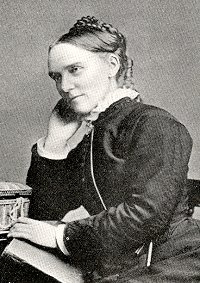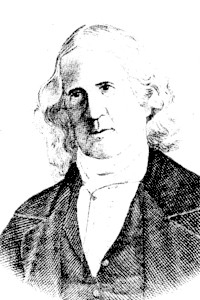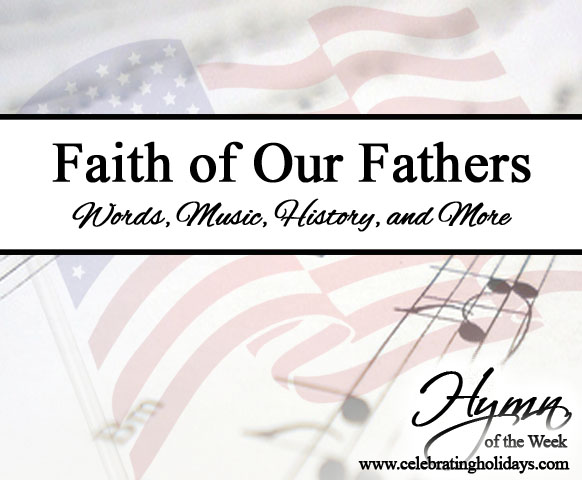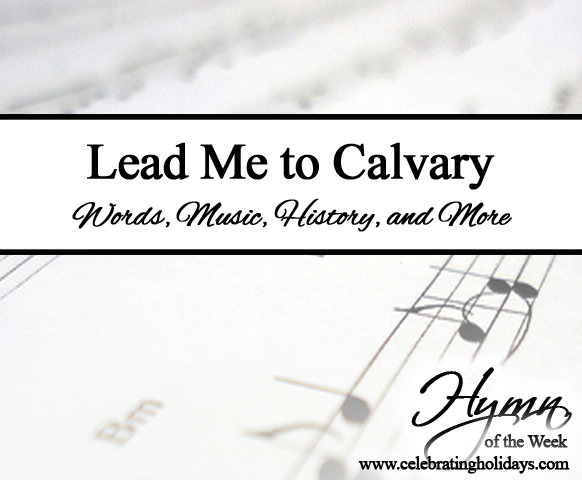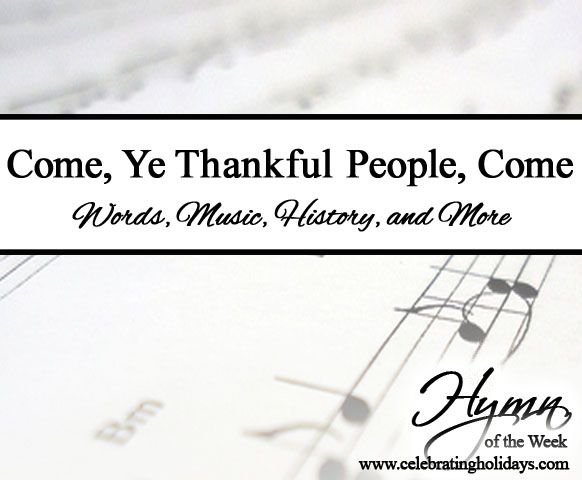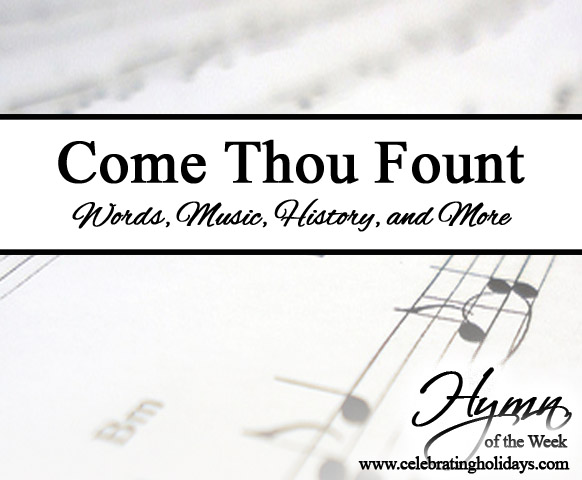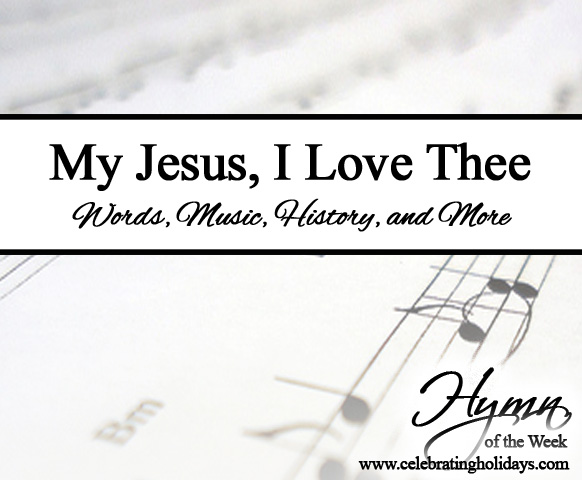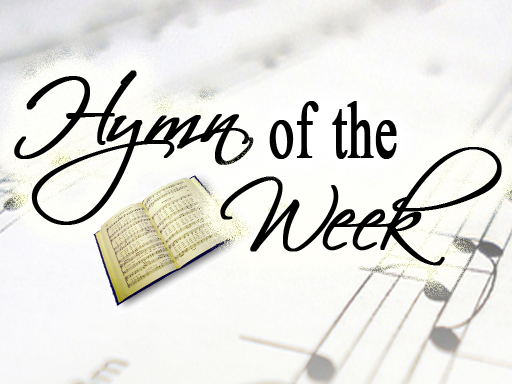Take My Life and Let It Be
This page includes a lyric video, history, sheet music, and other resources for the classic hymn “Take My Life and Let It Be.” Enjoy!

Enjoy this You Tube video, performed by Michael Neale, with lyrics for “Take My Life and Let It Be” (this version includes a beautiful chorus “I Am Yours”):
History of “Take My Life and Let It Be”
Words by Frances Ridley Havergal (1836-1879), Published in 1874
This beautiful hymn was written by Frances Havergal in 1874. Francis was born in England as the daughter of William Havergal, a pastor, hymn writer, and gifted musician. Frances inherited her father’s musical talent, and she was trained as a concert soloist with an exceptional voice. Arguably, she could have easily gained worldly fame, but she chose instead to dedicate her talent to the Lord.1 As a poet, the Dictionary of Hymnology writes of Francis:
“Miss Havergal’s scholastic acquirements were extensive, embracing several modern languages, together with Greek and Hebrew. She did not occupy, and did not claim for herself, a prominent place as a poet, but by her distinct individuality she carved out a niche which she alone could fill. Simply and sweetly she sang the love of God, and His way of salvation. To this end, and for this object, her whole life and all her powers were consecrated. She lives and speaks in every line of her poetry. Her poems are permeated with the fragrance of her passionate love of Jesus.”2
In a letter to her sister, Frances gives an account of the origin of this hymn:
“Perhaps you will be interested to know the origin of the consecration hymn, ‘Take my life.’ I went for a little visit of five days [to Areley House]. There were ten persons in the house, some unconverted and long prayed for; some converted, but not rejoicing Christians. He gave me the prayer: ‘Lord, give me all in this house.’ And He just did! Before I left the house every one had got a blessing. The last night of my visit, after I had retired, the governess asked me to go to the two daughters. They were crying, etc. Then and there both of them trusted and rejoiced; it was nearly midnight. I was too happy to sleep, and passed most of the night in praise and renewal of my own consecration; and these little couplets formed themselves and chimed in my heart one after another until they finished with ‘Ever, Only, ALL for Thee!’”3
This lovely hymn has been translated into dozens of languages, and Christians throughout the world continue to sing it. Though it was originally sung to the tune titled “Patmos” (which Frances’ father composed especially for it), it is more commonly known to Americans with the tune “Hendon” (1827) by Henri Abraham Cesar Malan – a tune which preceded the Frances’ words by more than 40 years.
Music “Hendon” by Henri Malan (1787-1864), Published in 1827
Henri was born in 1787 in Geneva, Switzerland. After college, he went to France to study business but soon after felt called to ministry. He entered the Academy at Geneva and was ordained in 1810. Henri was a passionate evangelical, and he hoped to reform the national Church in Geneva. However, his Calvinistic ideas (as well as his criticism of the spiritual apathy and empty formalism) were not welcome, and he was ultimately stripped of his status as a minister in the National Church.4 Yet, Henri was undeterred. In 1820, he built a chapel in his garden that drew people from all over Europe. Furthermore, the Dictionary of Hymnology records:
“[Henri’s] burning zeal for the conversion of souls found a larger outlet in long tours of evangelization, subsidized by religious friends, in his own land and Belgium and France, and also in Scotland and England, where he had friends among many religious bodies, and where he preached to large congregations. The distinguishing characteristic of these tours was his dealing with individuals. On the steamboat or the diligence, in the mountain walk, at the hotel, no opportunity was lost.”5
Henri was a man of many talents. He was an artist, a mechanic, a carpenter, and a printer. He also wrote hymns with accompanying melodies. On one occasion, Henri met an elderly man who drew out his hymnbook, Chants de Sion, 1841, and told him how he had prayed to see the author of it before he died.
Despite his many talents, it was as a hymn writer that Henri is best remembered. As hymnologist John Julian records: “It is as the originator of the modern hymn movement in the French Reformed Church that Malan’s fame cannot perish.”6
Lyrics for “Take My Life and Let It Be”:
Take my life, and let it be consecrated, Lord, to Thee.
Take my moments and my days; let them flow in ceaseless praise.
Take my hands, and let them move at the impulse of Thy love.
Take my feet, and let them be swift and beautiful for Thee.
Take my voice, and let me sing always, only, for my King.
Take my lips, and let them be filled with messages from Thee.
Take my silver and my gold; not a mite would I withhold.
Take my intellect, and use every power as Thou shalt choose.
Take my will, and make it Thine; it shall be no longer mine.
Take my heart, it is Thine own; it shall be Thy royal throne.
Take my love, my Lord, I pour at Thy feet its treasure store.
Take myself, and I will be ever, only, all for Thee.
Additional Resources for “Take My Life and Let It Be”:
Sheet Music (PDF Compliments of Hymnary.org)
Guitar Chords (Links to The Guitar Hymn Book)
Visit Hymnary.org or Hymn Time for more on this hymn.
See our Hymn of the Week page for a list of our selected hymns.
This page was created by:

We welcome your ideas! If you have suggestions on how to improve this page, please contact us.
You may freely use this content if you cite the source and/or link back to this page.
Sources:
1 Osbeck, Kenneth W. Amazing Grace: 366 Inspiring Hymn Stories for Daily Devotions. Kregel Publications, 1990, p. 256.
2 Julian, John, editor. Dictionary of Hymnology. Kregel Publications, 1985 (republished 1907 edition), p. 496.
3 Ibid, p. 1114. Drawn from the Havergal Manuscript.
4 Reynolds, William Jensen. Hymns of Our Faith: A Handbook for the Baptist Hymnal. Broadman Press, 1964, p. 345.
5 Ibid, p. 712.
6 Ibid.
